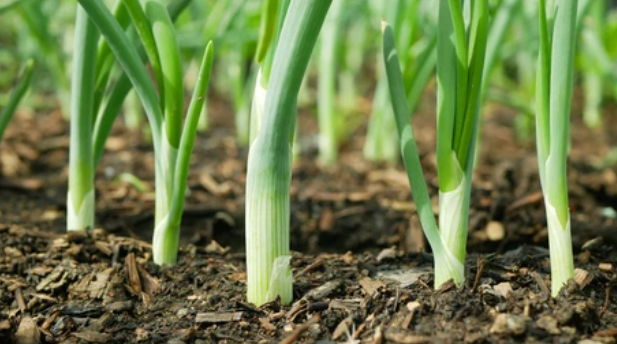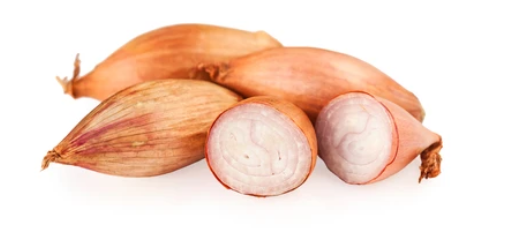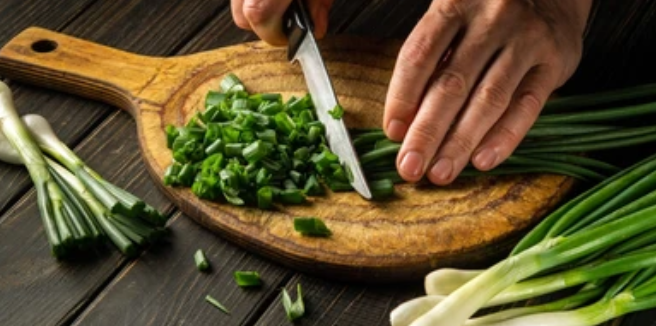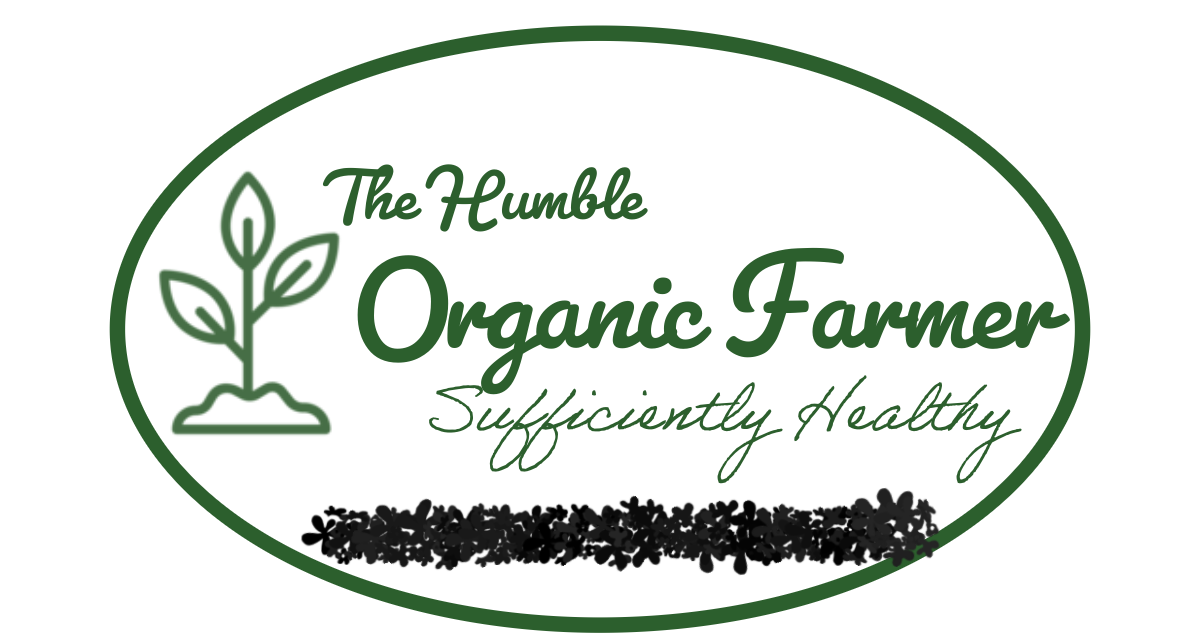Like no other vegetable, onions have been used in almost every kitchen worldwide. They are loved for their flavour and medicinal properties. Organic onion growing ensures clean, safe food free from poisonous chemicals. In this article, I’ll share with you a complete guide to organic onion gardening from seed to harvesting.

Why Grow Organic Onions?
You may want to know why you’d like to grow organic onions and not inorganic ones. The following are the prevalent reasons.
- Health Benefits: Organic onions are grown free from any synthetic or inorganic fertilizers, pesticides or insecticides. This makes the produce to be healthier to consumers and the environment at large.
- Improved Soil Health: Organic practices put more effort into feeding the soil using rich organic matter. This will include compost and farmyard manure. The use of organic matter helps to improve fertility and stability for a long time.
- Better Flavor: Unlike inorganic onions, the flavour for organic onions is natural and robust. This is because no chemical is applied to interfere with the natural flavour.
- Sustainability: Organic farming supports biodiversity, increases the micro-biology in the soil, reduces pollution, and minimizes water pollution from chemical sprays.

For the next several lines, I’ll share with you step by step process for organic onion growing.
Step 1: Choosing the Right Onion Variety
Like any other crop, onions also come in several varieties. Selecting the right variety is the very first step in your organic onion gardening. The choice of the variety will depend on the climatic conditions and the nature of the soil of your locality. The following are the main types of onions:
1. Bulb Onions:
Just as the name suggests, these are type of onions which grow bulbs. There are three main categories here.
- Short-Day Onions: This type of onions requires about 10-12 hours of daylight.
- Long-Day Onions: This type requires 14-16 hours of daylight.
- Day-Neutral Onions: This type does not rely on any time for making bulbs. They can form bulbs at any length of exposure to sunlight.
2. Shallots:
The webstar dictionary describes this type of onion as a perennial onion (Allium cepa var. aggregatum) that produces small clustered bulbs that resemble those of garlic and are used in cooking. They have a milder flavor and are often used in gourmet cooking.

3. Green Onions (Scallions):
These onions are harvested before the bulb grows to maturity.

Step 2: Preparing the Soil
Onions do well in fairly acidic soil and loose and fertile soils. It is necessary to break the clods and turn the soil to make it loose enough before you grow your onions. The following video shows an overview how we prepare our soil before planting.
Step 3: Planting Organic Onions
Starting from Seed:
- Set up a nursery bed for your onions. It takes up to 2 months before they are ready for transplanting. It is important to note that onions germinate better with a thin cover of compost or some light medium.
Planting Method:
- Spacing: It is best to space onion seedlings between 4–6 inches apart when transplanting. 20-30 cm is a good space between row and row.
- Depth: Plant your seedlings to ensure that the top of the root is well covered by soil.
Step 4: Care and Maintenance
Some basic yet important things must be done during the whole period of growth. Once your onions have been transplanted, regular and careful attention is necessary to ensure healthy growth and abundant harvest. The following are the factors to monitor.
Watering:
- Onions need just enough water to thrive. When they’re beginning to form bulbs is the time they need an abundance of water. But they do not like any waterlogged area.
- Drip irrigation, especially in dry areas, is better than overhead irrigation. This helps to reduce the risk of fungal infections, which are common in wet areas. Make sure to water the base of the onions.
Fertilizing:
The goal of any organic farmer is to produce healthy and abundant harvest. To ensure that this happens make sure:-
- That you use only Organic fertilizers such as compost, well-rotted manure, or organic liquid fertilizers
- Apply a balanced organic fertilizer. make sure to apply enough fertilizer during the first weeks of transplanting and the bulbing stage.
Mulching:
- Especially in dry areas, Make sure to apply mulch to help in retaining moisture. a 2 inch layer is sufficient.
Pest and Disease Control:
It is best to control disease that to treat it. In order to control disease, ensure you do the following;
- Weeding: Make sure you Keep the onion bed clean and free of weeds. Onions do not like anything like weeds to compete with nutrients.
- Insects: Keep a close Watch for any pests such as onion flies, and aphids. You can apply organic pest control sprays like the neem oil.
- Diseases: Ensure good air circulation around plants, regular watering, and avoiding overhead irrigation to prevent diseases.
Step 5: Harvesting Organic Onions
Onions are ready to harvest when the tops start to fall over. This is in most cases accompanied with the yellowing of leaves.
Conclusion
Organic onion gardening is not only rewarding but also very interesting. When the harvest is fresh, the family can be served with this abundance. You can choose the right variety for your garden and all will be fine.
